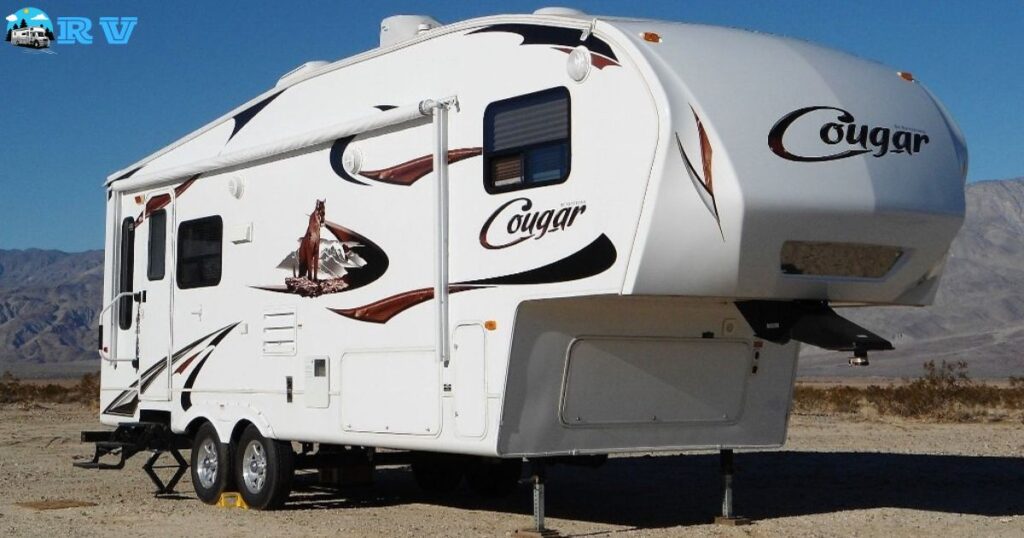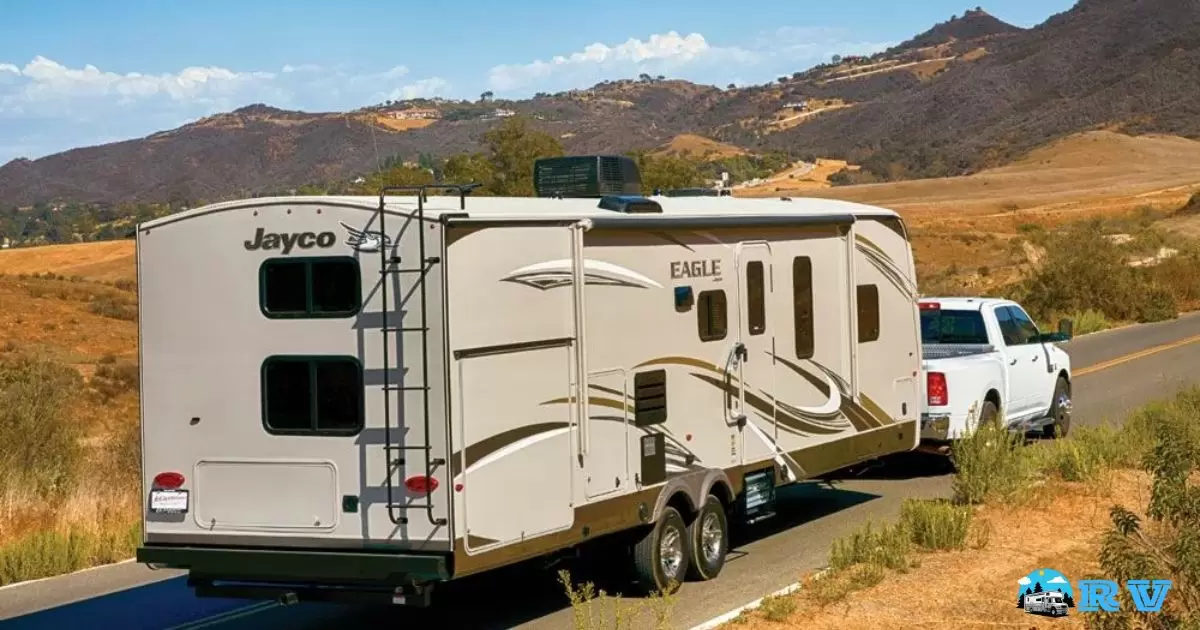Moving an RV without a truck refers to the process of relocating a recreational vehicle from one place to another without the use of a traditional pickup truck or towing vehicle. It’s a common challenge for RV owners who may not have access to a suitable tow vehicle or want an alternative method for moving their RV.
If you’re seeking an innovative solution for transporting your RV, you’ve come to the right place. In this article, we will explore various strategies on how to move an RV without a truck. Whether you’re looking to change the location of your RV within a campground or embark on a cross country adventure, we’ve got you covered with practical tips and ideas on how to make it happen.
Moving an RV without a truck can be an intriguing adventure, opening up new possibilities for RV enthusiasts. You’ll discover different methods such as using a dolly, hiring a professional RV transport service, or even exploring DIY approaches to achieve your RV relocation goals.
Using a Tow Dolly for RV Relocation
Moving an RV without a truck can be a challenging task, but one popular method to tackle this issue is using a tow dolly. A tow dolly is a specialised trailer designed to transport vehicles behind another vehicle, typically a motorhome or a larger vehicle. To use a tow dolly, you’ll need a vehicle with towing capacity, such as an SUV or a large sedan.
Tow dollies come in various sizes and designs, so you’ll need to choose one that’s compatible with your RV’s weight and size. When using a tow dolly, it’s essential to follow safety guidelines, such as properly securing your RV and ensuring the tow dolly is in good working condition.
Hiring Professional RV Transport Services
If you prefer a hassle-free approach to moving your RV without a truck, hiring professional RV transport services is a viable option. These services are provided by companies that specialise in transporting RVs from one location to another, and they have the equipment and expertise needed to handle the task safely and efficiently.
When you hire a professional RV transport service, they will assess your RV’s requirements, select the appropriate equipment, and handle the logistics of the move for you.
These services offer various options, including open and enclosed transport, depending on your RV’s size and the level of protection you desire during transit.
DIY Techniques for Moving Your RV Without a Truck

Moving your RV without a truck can also be achieved through various do-it-yourself (DIY) techniques. These methods are often more cost-effective but may require more time and effort on your part. One such DIY approach is using a flatbed trailer or utility trailer to transport your RV.
This method involves securing your RV onto the trailer and towing it with a suitable vehicle, even if your RV is parked on the street. Before attempting this, make sure your vehicle has the towing capacity required for your RV’s weight, and that you have the necessary equipment to secure your RV properly.
Now, take a closer look at a table summarising key data related to these RV relocation methods:
| Method | Vehicle Required | Cost Effectiveness | Complexity | Safety Considerations |
| Tow Dolly | Towing vehicle | Moderate | Moderate | Secure RV properly, check weight |
| Professional Transport | Service provider | High | Low | Trustworthy company, reviews |
| DIY (Flatbed/Utility Trailer) | Tow vehicle | High | High | Towing capacity, proper securing |
| DIY (Forklift/Crane) | Specialised equipment | Low | High | Professional guidance, balance |
Safety Considerations When Moving an RV Without a Truck
When it comes to moving an RV without a truck, safety should always be a top priority. Whether you choose to use a tow dolly, hire professionals, or opt for a DIY method, there are essential safety considerations to keep in mind. When using a tow dolly or flatbed trailer. Ensure that your RV is securely fastened and that the towing vehicle has the necessary capacity to handle the load.
If you decide to hire professional transport services, thoroughly research and select a reputable company with a proven track record. Read reviews, check their insurance coverage, and inquire about their safety measures during transit.
Exploring Alternative Vehicle Options for RV Transportation
Moving an RV without a truck often requires alternative vehicles or equipment. One such option is using a heavy-duty van or large SUV with a high towing capacity. These vehicles can be used to tow your RV or transport it on a flatbed trailer. When using an alternative vehicle, ensure that it can handle the weight and dimensions of your RV.
Consider the towing capacity, braking systems, and safety features of the vehicle to ensure a secure and efficient relocation. Another alternative is exploring specialised transport vehicles designed for moving RVs, such as RV transporters or RV-specific trailers. These vehicles are equipped with the necessary features to accommodate various RV sizes and types.
Planning and Logistics for Long-Distance RV Moves
Especially for long-distance journeys, requires meticulous planning and logistics. Start by mapping out your route, taking into account road conditions, fuel stops, and rest areas. Ensure you have all necessary documents, including vehicle registrations, insurance, and any permits required for RV transport.
If you plan to stay overnight during your journey, research RV-friendly campgrounds or parking facilities along the way. Make reservations in advance to secure a spot, especially during peak travel seasons. Consider the weather and time of year, as extreme conditions can impact your travel plans.
Tips for Moving Your RV Within a Campground or RV Park
- Communicate with the park staff to understand any specific rules or guidelines for relocating your RV within the campground or RV park.
- Use a spotter to assist in navigating tight spaces or corners, ensuring a safe and damage-free move.
- Drive at a slow and controlled speed, especially in crowded areas, to maintain safety and avoid accidents.
- Park your RV in a level position and secure it properly to prevent shifting or movement.
- Respect quiet hours and other campground regulations to minimise disturbances to fellow campers.
- Plan your relocation during non-peak times to reduce traffic and make the process smoother.
FAQs
How do I choose the right tow dolly for my RV relocation?
To select the appropriate tow dolly, consider your RV’s weight and size, and ensure it matches your towing vehicle’s capacity.
What should I look for in a professional RV transport service?
When hiring professionals, check reviews, insurance coverage, and their safety measures during transit to ensure a reliable choice.
Can I move a large RV using alternative vehicles like SUVs?
Yes, heavy-duty SUVs or vans with high towing capacities can be used for moving larger RVs. But confirm they can handle the weight and dimensions.
Are there any permits or documents needed for long-distance RV moves?
Ensure you have all necessary documents, including vehicle registrations, insurance, and any required permits before embarking on a long-distance journey.
Conclusion
In the world of RV owners, moving without a truck opens up a realm of possibilities. Whether you opt for a tow dolly, professional assistance, or a do-it-yourself approach. The key is to prioritise safety and careful planning. Your choice should align with your RV’s specifications and your budget, ensuring a successful and stress-free relocation.
So, as you prepare to embark on your RV adventure or make a strategic move within your favorite campground, remember that the journey is just as important as the destination. With the right method and a commitment to safety, you can hit the road with confidence, knowing that your RV can be on the move without a truck by its side.











